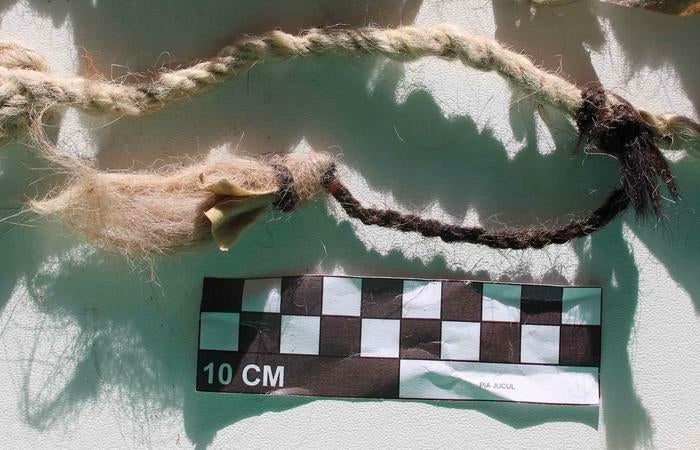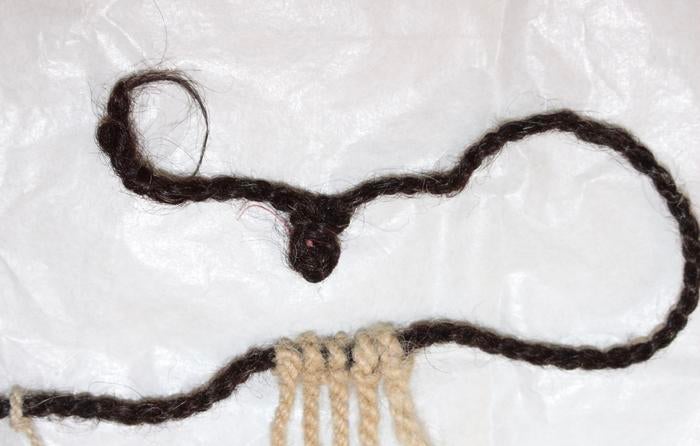A hair strand uncovered from an Incan astronomical device suggests record-keeping in the empire was prevalent not only among elite individuals but also practiced by commoners.
The finding, published in the journal Science Advances, changes what’s known about numerical literacy among people in the medieval civilisation.
Incas used knotted-string devices called khipus to maintain records, especially numerical information.
These devices consisted of a main cord with numerous pendant cords attached, encoding information via the use of knots, their positions, and the colours.
Sometimes human hair is found wound on a khipu as a “signature” to indicate its creator.

“Hair in the ancient Andes was a ritually powerful substance that represented the individual from whom it came,” researchers explained.
Until now, Spanish colonial-era documents have hinted that only male elites made khipus.
It was thought that “khipu literacy” was not widespread outside of bureaucrats charged with keeping records.
“On the basis of primarily Spanish-language colonial chronicles, it is thought that khipus were created exclusively by male bureaucratic elites,” researchers wrote.
Much later in the 19th and early 20th centuries, the production of khipus was documented even among Andean labourers, peasant farmers, and female peasants.
However, the latest analysis of human hair woven into a late 15th century khipu by its creator suggests that even then low-ranking Inkas made and used khipus.

This particular khipu was found at a German auction with little documentation and later dated to 1498 AD.
It’s main cord was made of human hair about 104 centimetrers long, folded and twisted, representing about eight years of growth, researchers say.
Scientists utilised advances in chemical analysis to make simultaneous measurements of levels of different elements, including carbon, nitrogen, and sulphur, from the hair sample.
They found that the person who made the device ate a commoner’s diet of tubers and greens, rather than a bureaucrat’s diet of meat and maize.
Further analysis, measuring oxygen and hydrogen values, determined that this low-ranking commoner likely lived in present-day southern Peru or northern Chile.
“Contrary to previous assumptions, commoners in the Inka Empire apparently created Inka-style khipus as well,” scientists wrote.
The study results also corroborate other recent findings that women also made these recording systems, together challenging the idea that khipu literacy was the sole domain of male elites.
“Khipu literacy in the Inka Empire may have been more inclusive and widespread than hitherto thought,” researchers concluded.




